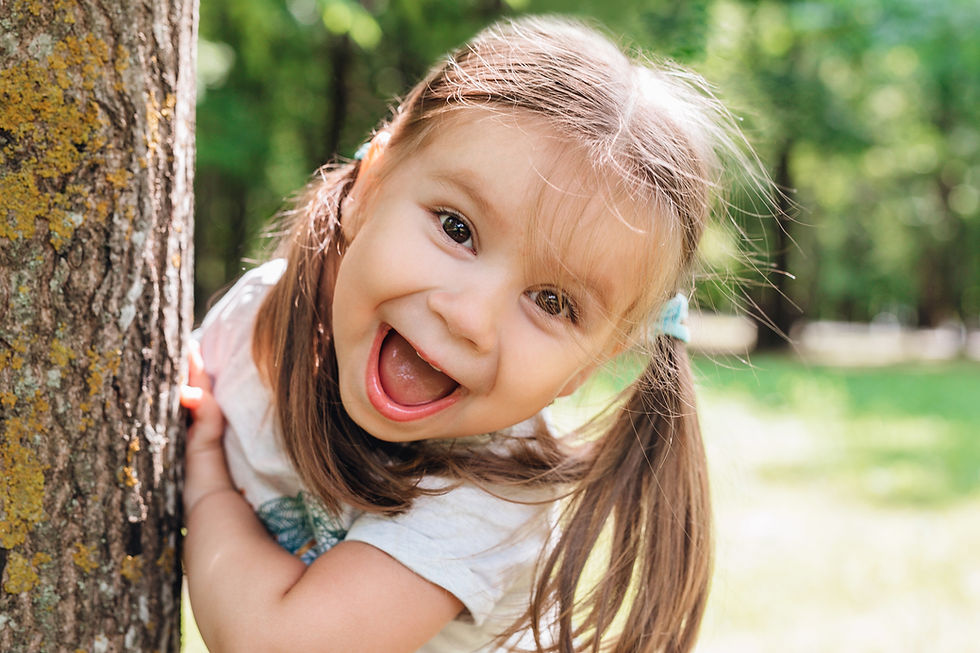What is children’s yoga?
- Lucie Demeulenaere

- Oct 30, 2023
- 2 min read

Children's yoga classes are still rare and often unknown to the general public.
Children's yoga is not baby gym, nor is it gym...
Children's yoga is not a sport: the notion of competition or performance is non-existent in the classes...
Children’s yoga is not intended to be represented in a show…
The children's yoga class is quite simply an appointment for their own well-being. They are suitable for children and teenagers aged 0 to 16.
How?
Like an adult yoga class, children's yoga aims for personal development objectives that promote their well-being.
More specifically, I aim for goals with the children like:
- Develop empathy
- Understand and express your emotions and feelings
- Resolve violence issues
- Develop openness to others
- Develop attention/concentration
- Develop self-confidence
- Develop gratitude
- Relax, calm your mind…
This list of objectives is of course not exhaustive. Beyond these socio-emotional skills, with yoga, I help children to better understand and know their body and their environment, they develop their awareness and their body schema as well as their spatio-temporal perception.
Each of these objectives is worked on according to the children's development and their specific needs.
Thus, each child's yoga session is unique and depends on the child and their environment (sports associations, schools, collective early childhood centers, specialized establishments …).
Concretely, what does a child do during a yoga session?
The main difference with adult yoga lies in the fact that the pedagogy used in children's yoga is fundamentally different: it is adapted to the age and level of development of the child.
A child's yoga session is punctuated by play and imaginary: in children's yoga, we develop creativity!
Whether it is to learn to observe, to express yourself, to listen, to focus your attention on your breathing or on a part of your body or to have sensory experiences, I use play: children can experience a story, play to help each other, collaborate to create something in common (music, a drawing, a dance, an artistic creation, etc.), sing, use their imagination to bring their yoga postures. The possibilities are endless for children to have mindful experiences.
What about relaxation at the end of the session?
The extended relaxation times at the end of the session are very interesting for children. These moments are adapted to the receptivity of children: they can last 3 to 10 minutes depending on their needs and their attention span.
In children's yoga classes, this posture called "Savasana" is not systematic. It is sometimes difficult for children to stay lying down or it does not always meet the objective of the session. If the children do not achieve this relaxation at the end of the session, I plan a game or a mindfulness activity which has calming effects on the mind.
Are you interested in yoga classes at home or in your establishment?



Comments